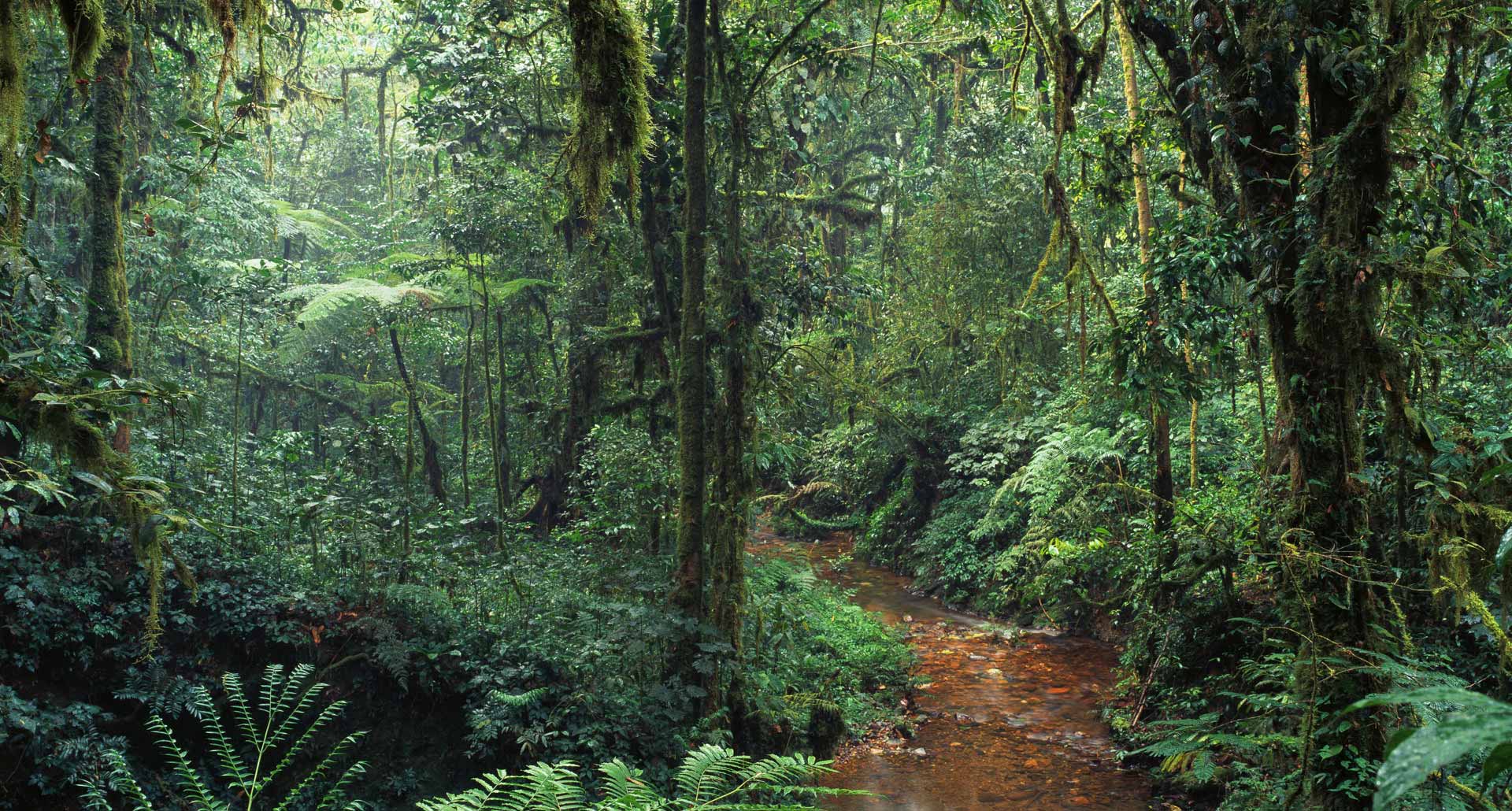Gardens in the Barchans

A quarter of China’s territory is under the threat of desertification. In the past decade, despite the measures taken by the government, the sands continued to capture thousands of square kilometers annually. Today, almost 400 million people are living in vulnerable areas in China. To address this situation, the authorities have seriously modernized the policy for the preservation of fertile soils based on the most advanced scientific methods. Over the next 10 years, 220 billion Yuan ($ 33 billion) will be spent on the protection of natural forests alone. Vineyards and apple orchards and fields of wheat and corn are being grown on the borders of the desert. Vine, seedlings and grains have passed a serious selection process. All plants are adapted to survive in dry and hot conditions.
While large-scale planting should stop the onslaught of the sands, moss and lichens are manning the counter-attack. With their help, Chinese botanists have achieved positive results in reviving the land in the Tengger desert. It was there, on the site of the once flowering meadows, a gigantic sandy wasteland had emerged and continues to grow dynamically due to the rapid development of animal husbandry. The Great Green Wall, a kilometer wide and more than 500 km long, is expected to stabilize the situation in a couple of years. To ensure that it happens, a set of laws regulating livestock grazing and water use has been adopted.
The anti-desert project currently being implemented in the north of China is the largest in the world. The problem of ‘sand attack’ directly or indirectly affects most countries on this planet. The largest deserts are the result of barbaric destruction of forests and inefficient land use in various parts of the world.









